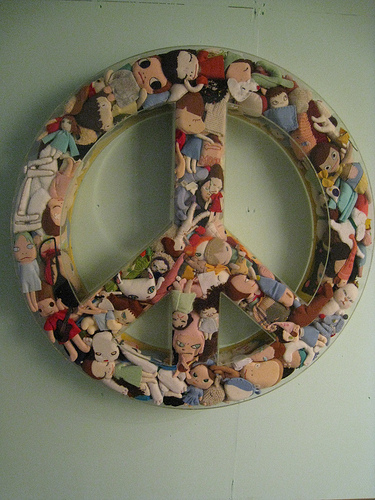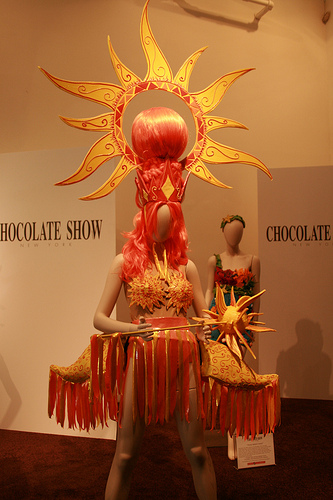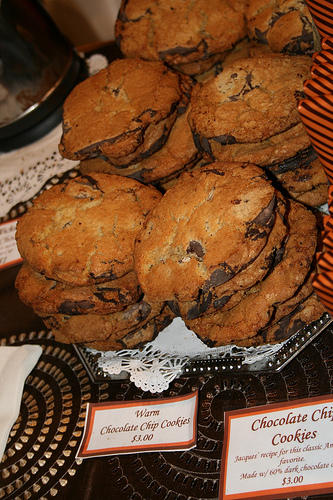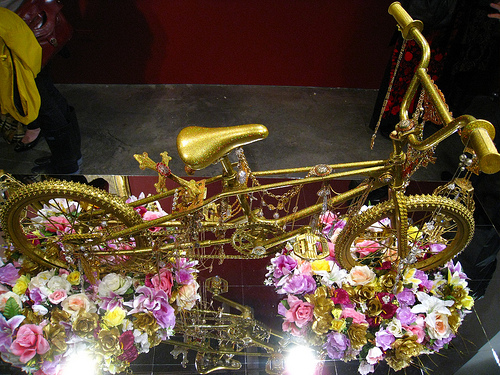One of the cool things about being a middle-aged college student is that I am way more interested in just about everything I’m studying than I was the first time around thirty-five years ago. I always enjoyed exploring the roots of literature, but when I was in my teens and twenties, it all seemed somehow less dynamic and relevant to my life than it does now. How is it more relevant now, you ask? I have no idea. All the authors are still dead (deader even), and technology has propelled us to experience the dawn of their ideologies on Kindle screens instead of well-worn pages. Nevertheless, I hear their stories clearly, and their voices speak to me.
Then I observe the sold-out performance run of the Public Theater’s Gatz, the eight-hour live production of F. Scott Fitzgerald’s The Great Gatsby, and I think it would have tickled its author to the max. It seems in line with the daring and different writing forms that the Jazz Age authors have come to represent. They stayed up all night at what we romantically imagine as an endless party, so eight hours at the theater hardly seems outrageous. Maybe Fitz would even rub Hemingway’s nose in it, calling out, “Hey Ernie, any producers giving you a holla about The Torrents of Spring? No? Bad break. Well, keep writing. Oh, and pass the gin.”
All of which brings us to the subject of my current study, Gertrude Stein. You’ve probably heard the name, and may even be aware that she was a central figure in the art and literary circle of 1920’s Paris that was memorialized in Hemingway’s A Moveable Feast. These were the American expatriates who called themselves the Lost Generation, a term coined, as it happens, by Gertrude Stein. Between her Saturday night salons in Paris and her time spent in the States, Stein accumulated admirers like Fitzgerald, Hemingway, T.S. Eliot, e.e. cummings, Ezra Pound, Jean Cocteau, Pablo Picasso, Henri Matisse, Toulouse-Lautrec, Alfred Stieglitz, Man Ray, Thornton Wilder, and many others, except possibly her literary rival, James Joyce. So now that you can place Gertrude Stein, what is she famous for?
Good question. The name Alice B. Toklas probably comes to mind, as in The Autobiography of Alice B. Toklas, written by Gertrude Stein. When you think about it, it really was a brilliant device by Stein, the idea of writing her longtime lover’s autobiography so she would have endless opportunities to refer to herself as a genius in the voice of the person who knew her best. So how could she be wrong? When Toklas informs the reader that the publication of Stein’s first novel marked the beginning of modern literature, it’s hard to have an honest first reaction. Who’s spinning this yarn, anyway? That aside, much of Stein’s writing is semantic gymnastics, as in “a rose is a rose is a rose is a rose.” Or, more abstractly, “Anything is something. Not coming to anything is something. Needing coming to something is something. Not needing coming to something is something. Anything is something.” It was Cubist literature to match the era’s Cubist art; Picasso in words.
Gertrude Stein was also the one who famously described California by saying, “There’s no there there.” Her collection of art was unparalleled, her salons renowned, her famous friends famously devoted to and inspired by her. She was a massive mound of womanhood with a grandfather’s wise countenance, a worldly lesbian with a passionate love for sentences. Her own biographer wrote, “Gertrude Stein had become world famous, but, ironically, many people did not know why.” Perhaps the answer can be found in one of Stein’s own statements early in life: “I want to be historical.” May all of our wishes become so true.
Daughter’s Featured Fotos border on Iconic




